Coffee is more than just a morning beverage; it’s a way of life. Whether you’re a coffee aficionado or just starting to explore the world of coffee. There’s nothing quite like a freshly brewed cup of coffee.
However, making the perfect cup of coffee takes more than just pouring hot water over your favourite coffee beans. Numerous techniques, tools, and variables go into making the perfect cup. That’s why we’ve created this comprehensive guide to freshly brewed coffee techniques.
We’ll cover everything you need to know to make the perfect cup of coffee to choose from. The right beans and grind size to select the ideal brewing method. We’ll also delve into the science behind coffee brewing and explore how different variables, such as water temperature and brewing time, can impact the taste and quality of your coffee.

6 Popular Techniques To Make Freshly Brewed Coffee At Home
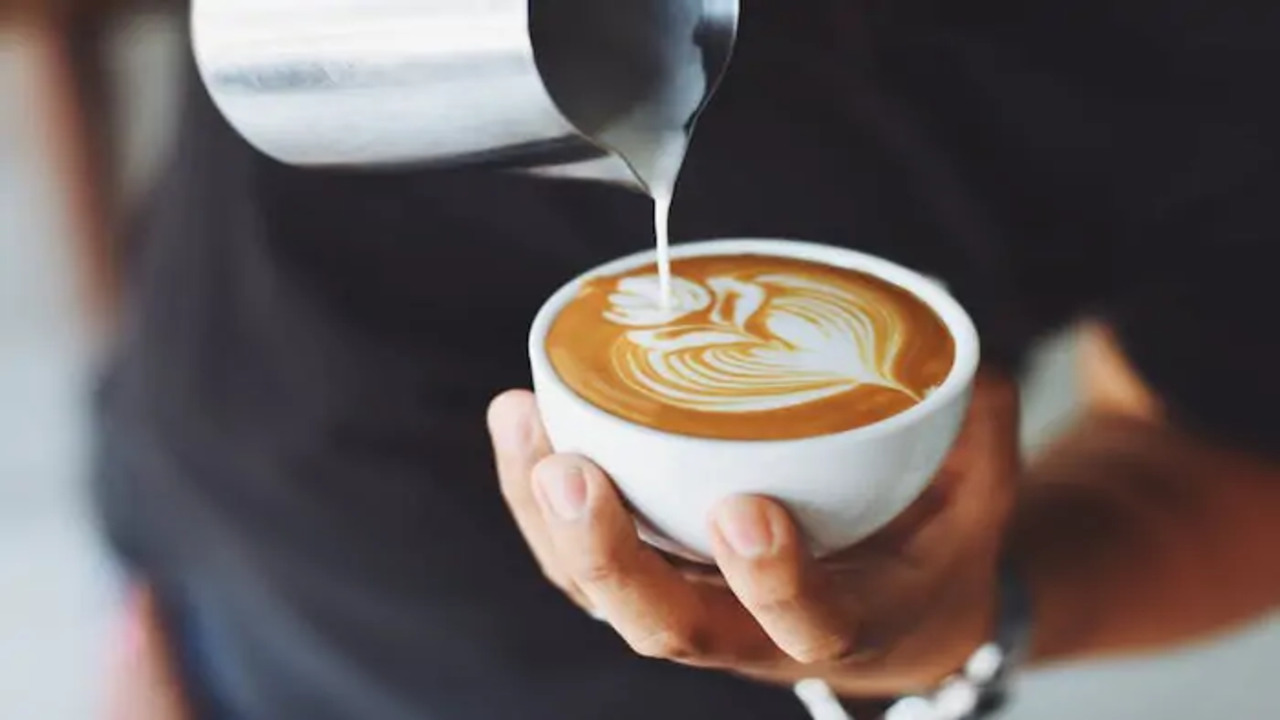
If you’re a coffee lover. You know there’s nothing better than a freshly brewed cup of java to start your day. Luckily, making barista-worthy coffee at home is easy without leaving your kitchen. Several popular techniques for brewing coffee can do right in the comfort of your home. Here we give you A step by step 6 guidelines on freshly brewed coffee techniques:
1.Pour Over/Drip: Coffee Cone
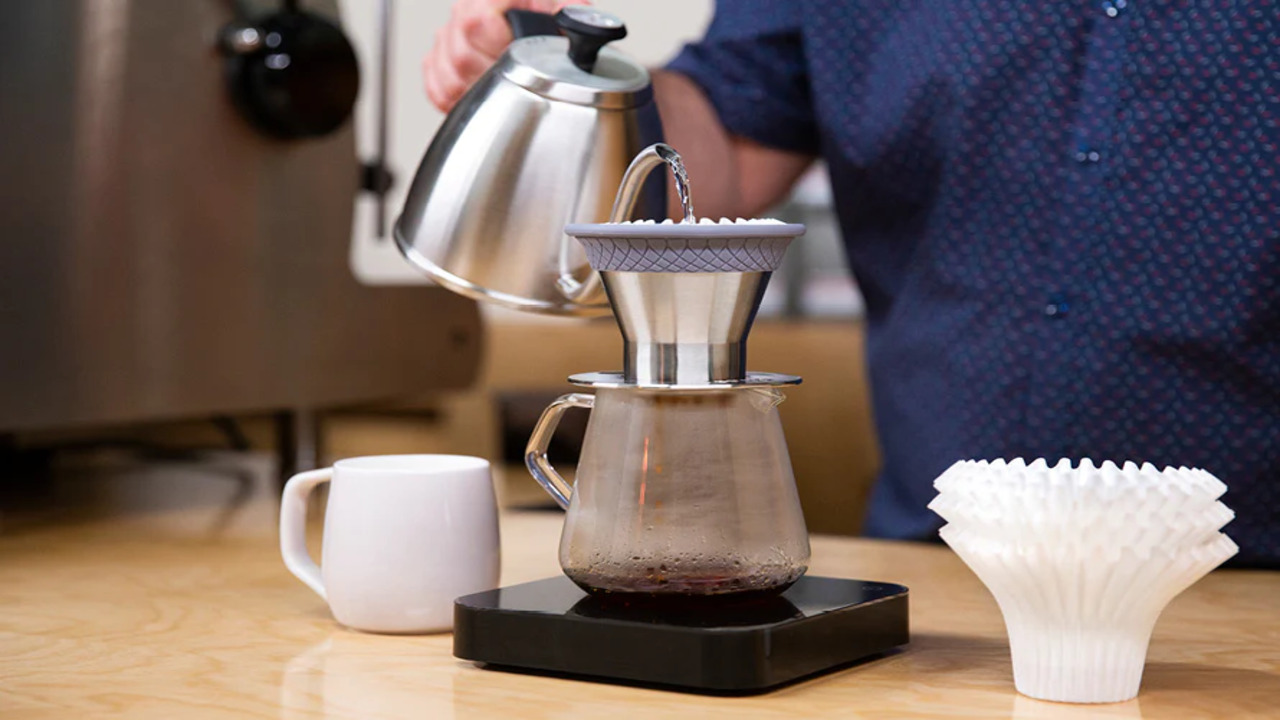
The pour-over coffee cone, a drip coffee cone, is a popular brewing method cherished by coffee enthusiasts worldwide. It consists of a cone-shaped device made typically from ceramic, glass, or plastic, which sits atop a coffee mug or carafe.
The process starts by placing a paper or reusable metal filter inside the cone, followed by freshly ground coffee. Hot water is poured slowly and evenly over the coffee grounds, allowing it to drip ‘through the filter and into the mug below. This gradual extraction ensures a flavorful and aromatic cup of coffee as the water passes through the grounds, capturing the coffee’s natural oils and flavours.
It allows for customization of the brewing variables, such as water temperature, pour rate, and grind size, resulting in a truly personalized cup of coffee. Its simplicity and ability to highlight the nuances of different coffee beans make it a beloved choice among coffee lovers seeking a refined and exceptional brewing method.
2.Pour Over/Drip: Chemex
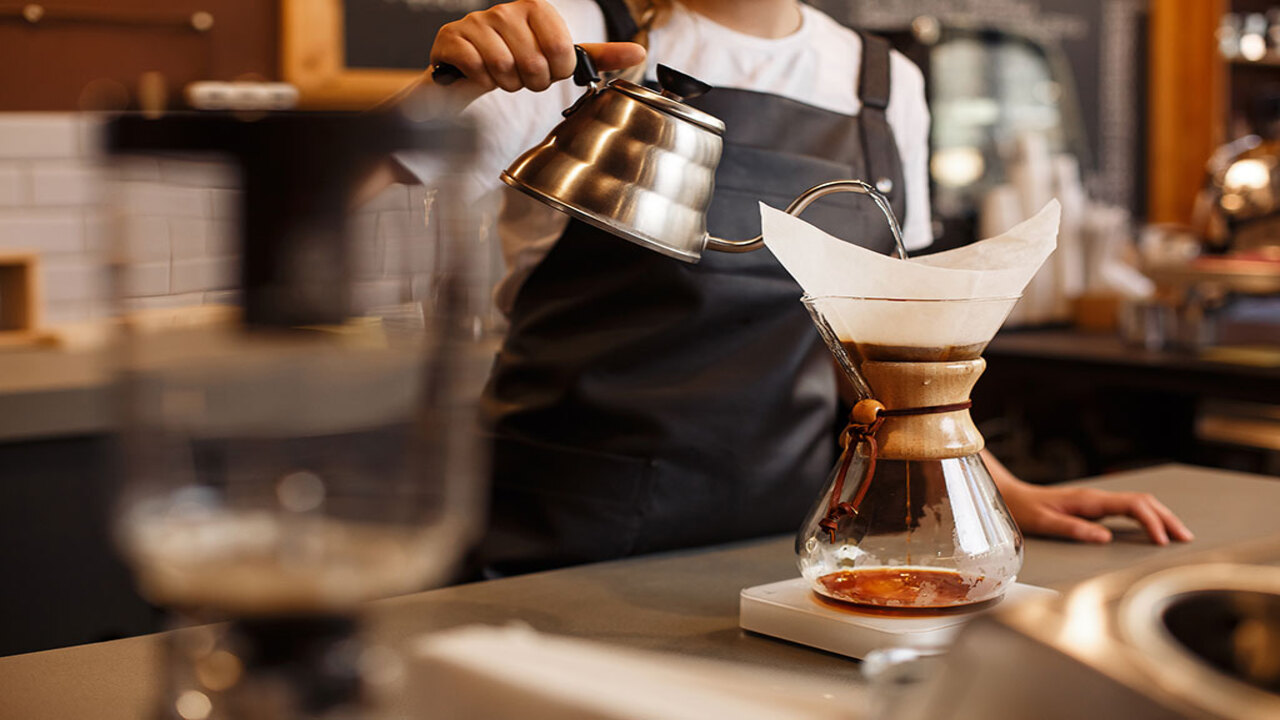
The Chemex is a renowned and elegant pour-over coffee device that has captivated coffee enthusiasts for decades. Its iconic hourglass shape, crafted from high-quality borosilicate glass, sets it apart. The Chemex brewing process involves placing a proprietary thick paper filter inside the cone and adding freshly ground coffee. Pour hot water slowly over the coffee grounds.
Circular motion allows for a controlled and even extraction. The unique design of the Chemex, with its large brewing capacity and thick filter, promotes a clean and crisp cup of coffee, free from sediment and bitterness. The resulting brew is characterized by its clarity, smoothness, and the ability to highlight delicate flavour notes.
The Chemex brewing method offers both a visually captivating experience and a remarkably balanced and nuanced cup of coffee, making it a beloved choice for those seeking a refined and sophisticated coffee brewing ritual.
3.Plunger/Press: French Press
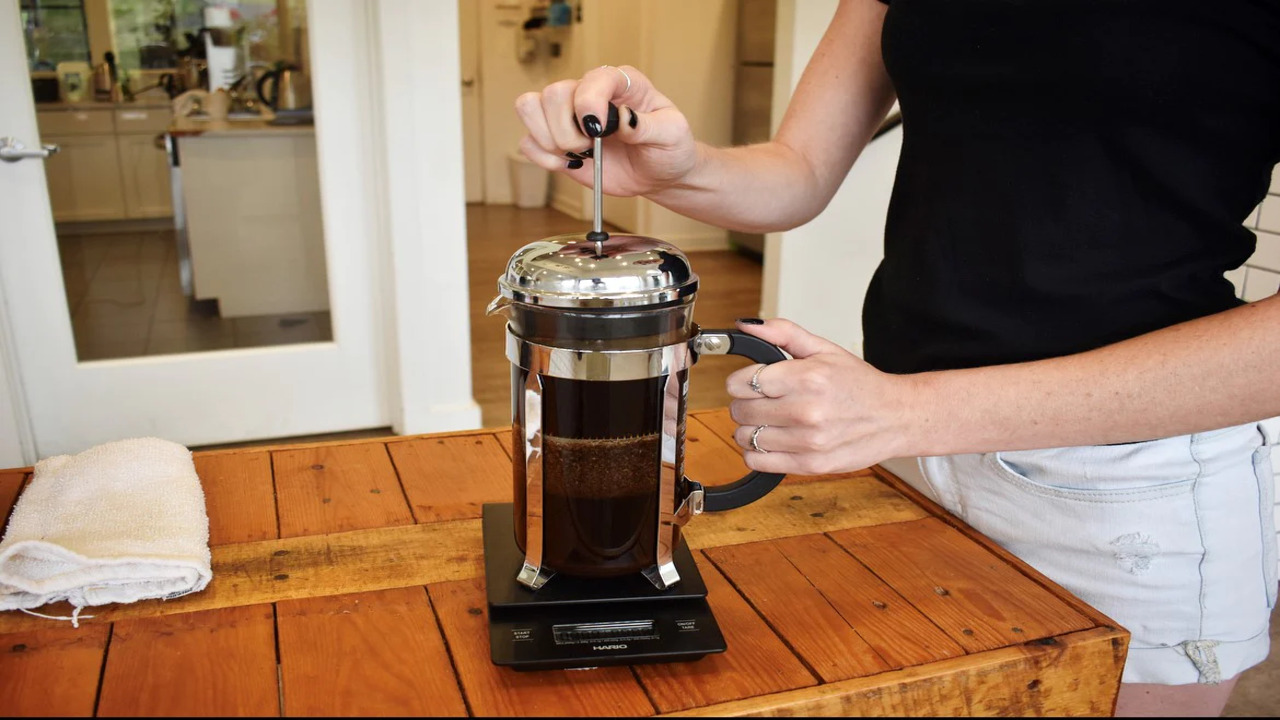
The French Press, a plunger or press, is a classic and beloved. Brewing method that produces a rich, full-bodied coffee cup. It comprises a cylindrical glass or stainless steel container with a built-in plunger and mesh filter. To brew coffee using a French Press, coarsely ground coffee is added to the container, followed by hot water.
After a few minutes of steeping, the plunger is pressed down, pushing. The grounds to the bottom and separating them from the brewed coffee. This immersion brewing technique allows maximum extraction of the coffee’s flavours and oils, resulting in a robust and intense cup of coffee.
The French Press offers a hands-on and straightforward brewing experience. Allowing the user to control the steeping time and intensity of the brew. Its simplicity, durability, and ability to retain the coffee’s natural oils make. It is a popular choice for enthusiasts who appreciate a full-bodied and flavorful coffee experience.
4.Plunger/Press: Aeropress
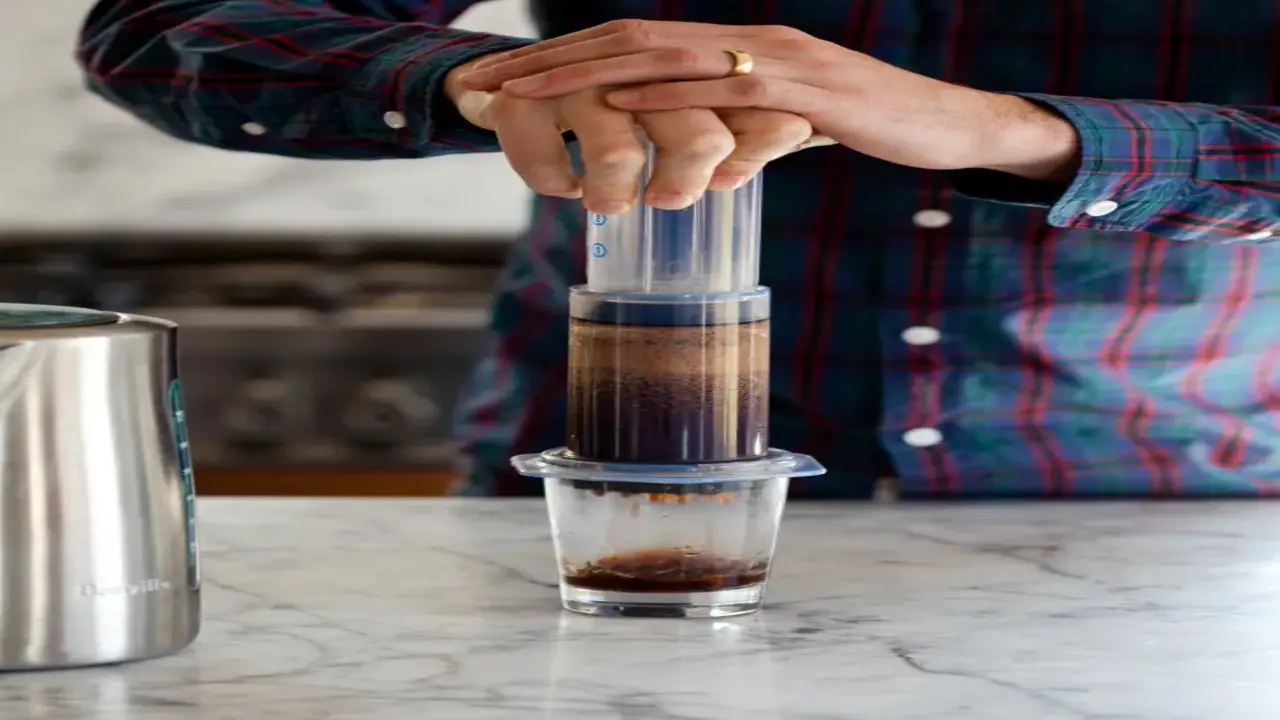
The AeroPress is a versatile and innovative brewing device that has gained a devoted following among coffee aficionados. This plunger or press-style brewer offers a unique combination of immersion and pressure extraction methods.
The AeroPress consists of a plastic chamber, a plunger, and a paper or metal filter. To brew coffee using an AeroPress, you place finely ground coffee in the chamber, followed by hot water. After a brief steeping period, the plunger creates pressure, forcing the coffee through the filter into a cup or carafe.
The AeroPress allows rapid and efficient extraction, resulting in a clean and flavorful cup of coffee with minimal bitterness. What sets AeroPress apart is its versatility – it allows users to experiment with different brewing variables, such as water temperature, grind size, and steeping time, making it a favourite among coffee enthusiasts who enjoy exploring various brewing techniques.
The AeroPress is compact, portable, easy to use, and clean, making it a perfect companion for home brewing and on-the-go coffee lovers seeking a consistently excellent cup of coffee.
5.Percolate: Stovetop Moka Pot
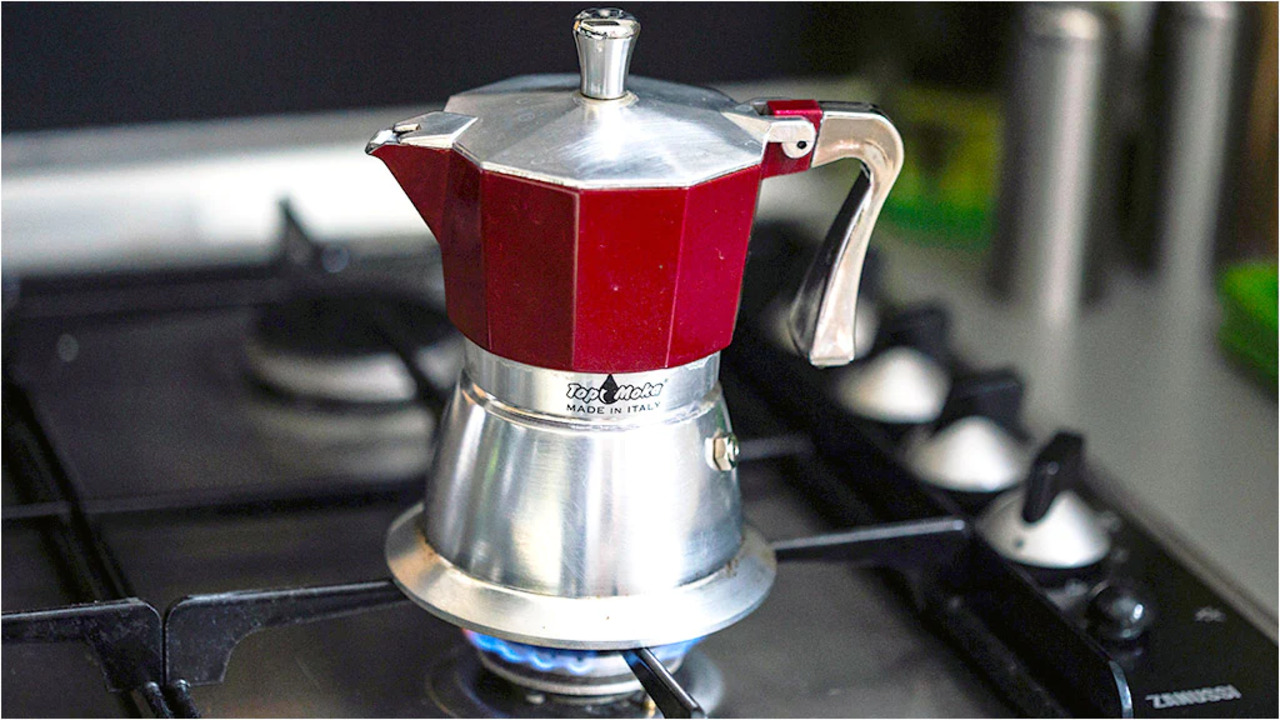
The Percolate Stovetop Moka Pot is a versatile and reliable coffee brewing device that brings the rich and robust flavours of Italian-style coffee into the comfort of your home. Designed with simplicity and elegance. This stovetop espresso maker allows you to create a smooth and aromatic cup of coffee in just a few minutes.
They constructed the pot from high-quality stainless steel, ensuring durability and even heat distribution. Its unique brewing process involves water in the lower chamber and coffee grounds in the middle funnel.
The upper chamber collects the final product. As the water heats up, it creates pressure, pushing the hot water through the coffee grounds, resulting in a strong and flavorful brew. The Percolate Moka Pot is suitable for gas, electric, and induction stovetops, making it a versatile choice for any kitchen.
With its sleek design and ability to produce authentic espresso-like coffee, the Percolate Stovetop Moka Pot is a must-have for coffee enthusiasts seeking a classic and satisfying brewing experience.
6.Vacuum: Siphon
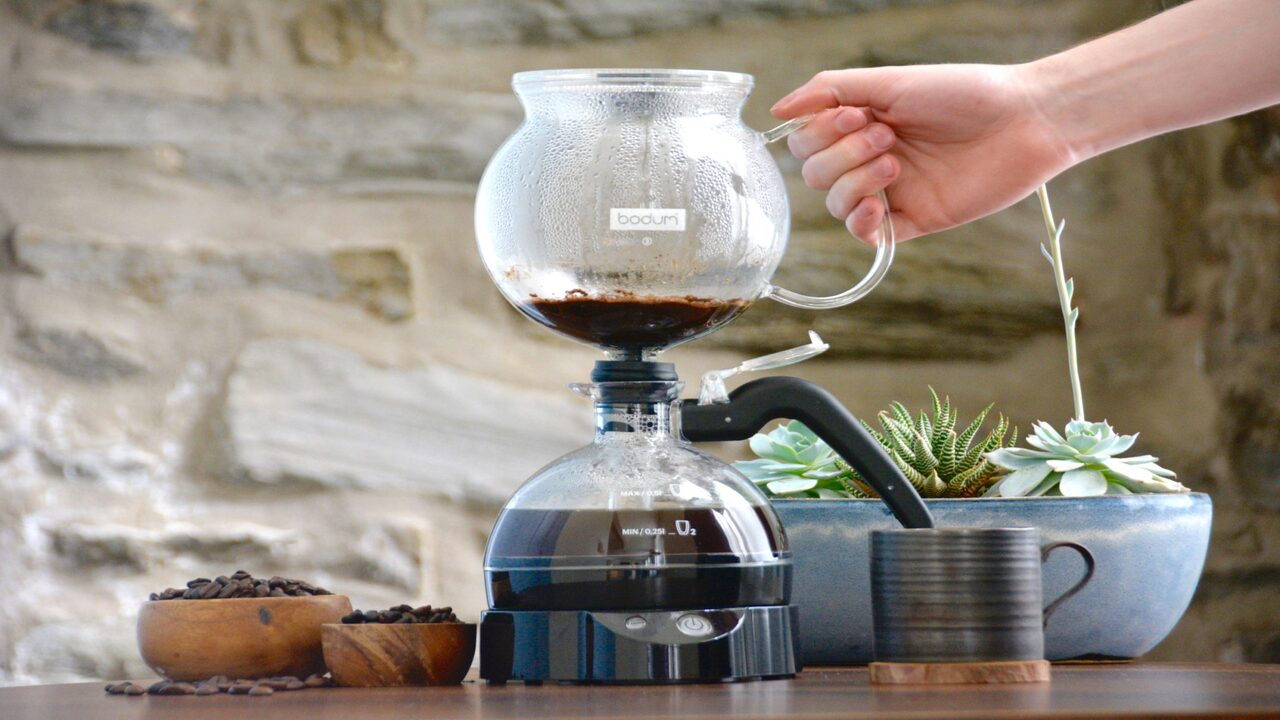
A vacuum siphon is a specialized tool designed to facilitate the removal of liquids or substances from one container to another using the principle of atmospheric pressure. It consists of a flexible tube or hose, typically made of plastic or rubber, with one end inserted into the liquid to be siphoned and the other placed into the receiving container.
The siphon operates by creating a pressure difference between the two ends of the tube, enabling the liquid to flow from a higher to a lower level. To initiate the siphoning process, the tube is first filled with the liquid by suction or gravity until it reaches a higher level. Gravity takes over once the siphon is established, and the liquid continues to flow until the container levels equalize or the siphon is interrupted.
Vacuum siphons are commonly used in various applications, such as transferring fluids between containers, draining water from aquariums, and even fueling vehicles in certain situations. Their simplicity and effectiveness make them a versatile tool for liquid transfer.
Advanced Techniques: Latte Art, Cold Brew, And Nitro Coffee
Advanced techniques in the world of coffee include latte art, cold brew, and nitro coffee. Latte art is a visually stunning skill that involves creating intricate designs on the surface of a latte by skillfully pouring steamed milk into espresso. Achieving beautiful patterns like hearts, rosettas, and intricate designs requires precision, practice, and creativity.
Cold brew is a brewing method that involves steeping coffee grounds in cold water for an extended period, resulting in a smoother, less acidic coffee concentrate. Its refreshing taste and versatility in creating iced coffee beverages have gained popularity.
Nitro coffee takes cold brew to another level by infusing it with nitrogen gas, creating a creamy, velvety texture and cascading effect when poured. The result is a smooth, rich coffee experience with a delightful, foamy head. These techniques demonstrate the artistry and innovation behind coffee making, elevating the coffee-drinking experience to new heights.
Tips For Making The Perfect Cup Of Coffee At Home
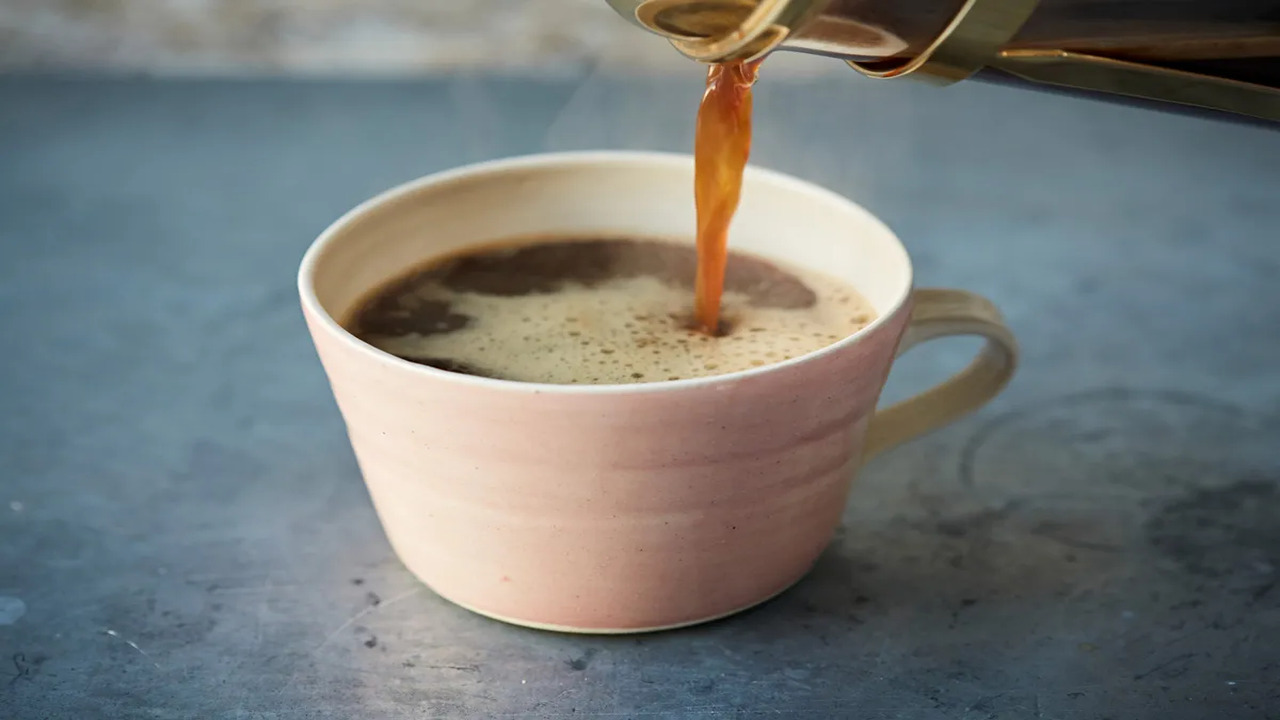
Making the perfect cup of coffee at home can be a delightful and rewarding experience. To achieve this, a few tips can help enhance the flavour and aroma of your coffee.
- First and foremost, start with high-quality, freshly roasted coffee beans. Grinding the beans just before brewing ensures maximum freshness. The grind size should be appropriate for your brewing method, whether it’s coarse for a French press or fine for an espresso machine.
- Next, use filtered water to avoid impurities affecting the taste. The water temperature is crucial as well, with the ideal range being between 195°F and 205°F (90°C to 96°C).
- As a general guideline, use about one to two tablespoons of coffee per six ounces (180 mL) of water. Experimenting with different ratios can help you find the strength that suits your taste preferences.
Finally, brew time should be adjusted accordingly, ensuring sufficient contact between water and coffee grounds. Remember to clean your coffee equipment regularly to maintain optimal flavour and prevent any residue buildup.
Conclusion
Knowing freshly brewed coffee techniques is a crucial task that requires attention to detail and precision. Mastering the art of brewing coffee takes time and patience. Following the techniques outlined in this guide can elevate your coffee experience and impress even the most discerning coffee connoisseurs.
Remember that the quality of your coffee beans, water, and brewing equipment are all important factors in achieving the perfect cup. With diligence and practice, you can become a skilled coffee brewer and enjoy freshly brewed coffee’s rich and complex flavours.
FAQ
1.Freshly Brewed Coffee Is What?
Ans: Freshly brewed coffee is prepared using freshly roasted beans and different techniques to produce a rich, aromatic, and flavorful cup of coffee.
2.How Do I Make A Perfect Cup Of Freshly Brewed Coffee?
Ans: To make a perfect cup of coffee, start with high-quality coffee beans, use the right amount of coffee grounds, ensure the water temperature is between 195-205°F, and follow the brewing instructions for your chosen brewing method.
3.Should I Grind My Coffee Beans Before Brewing?
Ans: We recommend grinding your coffee beans just before brewing to ensure maximum freshness and flavour. It’s a nice idea to get a perfect blend of tastes.
4.How Long Should I Brew My Coffee?
Ans: The brewing time varies depending on the brewing method. For example, drip coffee typically takes around 5-6 minutes, while French press can take up to 10 minutes.
5.How Much Coffee Should I Use Per Cup?
Ans: The general rule of thumb is to use 1-2 tablespoons of coffee per 6 ounces of water, which can be adjusted based on personal preference. Or you can use it according to your personal preferences.

I’m a writer and blogger who loves to talk about entertainment, culture, and relationships. I love to share my thoughts and insights on these topics, and I’m always looking for new ways to engage with my readers. I’m also a big fan of learning new things, so I’m always exploring new areas of interest.
